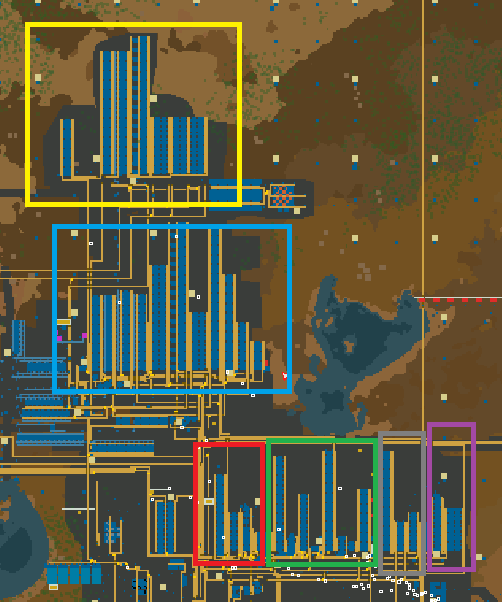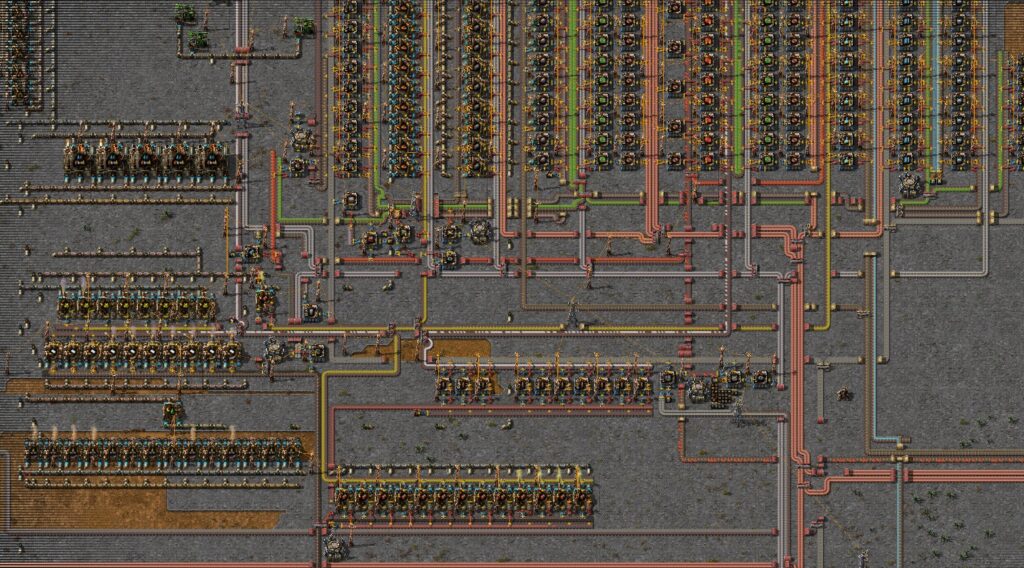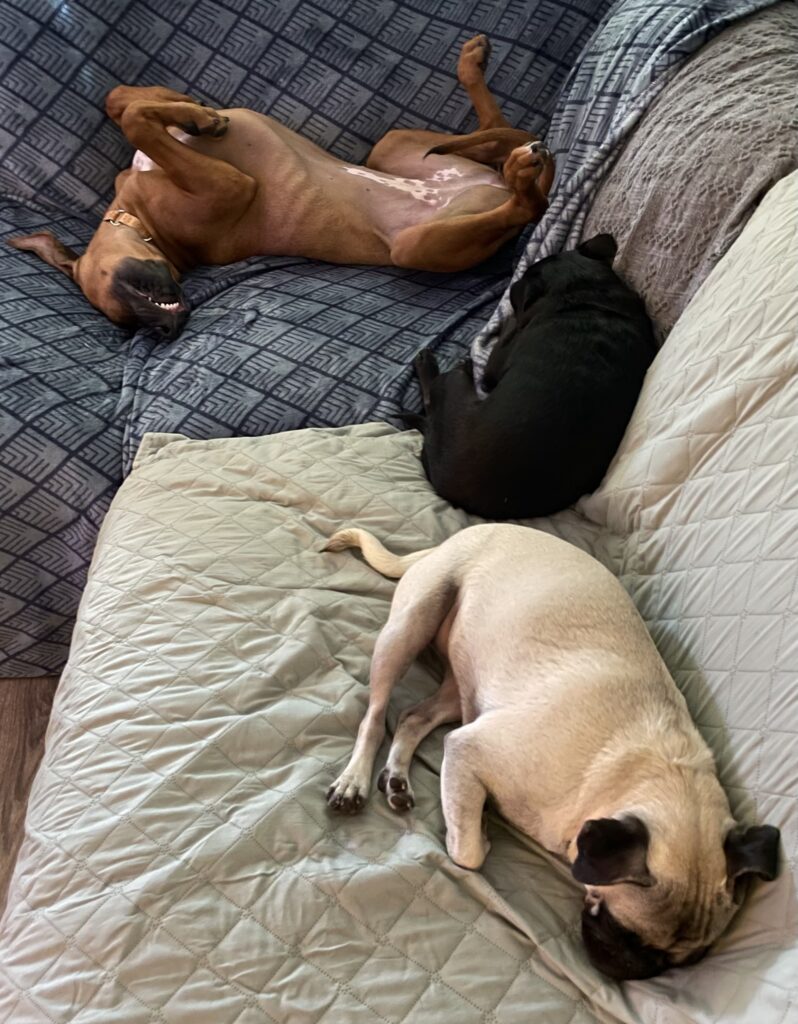If you’ve been following all the Factorio stuff I’ve been writing, you’ll see that over time, I’ve been coming up with these guidelines that I’ve been following that allows me to maximize productivity in the game. A lot of these things, I’ve learned from studying the manufacturing and the Theory of Constraints.
While this blog post is able to be read on its own without any prior knowledge, it is a part of our Lessons in Factorio series, so if this is your first time reading one of this series’ blog posts, I recommend starting from the first one and working your way through them. The first post can be found here: Why I Learned from Factorio: Lean Networking
I haven’t been studying those things as much lately, but this run, I learned a lot from myself. This is the same run from Shifting Constraints and Systems Thinking. I haven’t been having as much fun with Factorio lately, so I threw out all my old rules and only set 2 new rules for myself.
- Chill out, don’t worry about the rules you’ve made previously.
- Have fun.
I’ve had a few standards and designs that I typically follow. I broke a lot of those and just did whatever felt right and to start trusting my intuition. I had a lot more fun doing whatever I felt like. What’s interesting is that looking back, I actually made some very intelligent decisions that I normally wouldn’t have done otherwise. Let’s look at those things I identified in retrospect.
Base Segmentation

In the screenshot above, I marked the areas based on the color of science. I started off making red science → green science → grey science. At that point, it was starting to be not fun running east/west constantly. I didn’t do an analysis, I just forked the copper and iron belts up and started in a fresh area and started making blue science.
It worked well enough, so I did the same for yellow science when it came time.
In the end, this strategy worked out really well. There are usually issues trying to feed enough input through a main bus. With everything segmented, it was a lot easier to get resources fed to where they needed to be.
Spacing
When I’m trying to be as efficient as possible, I try to group everything only as far away as it needs to be. Any further would be a waste of resources.
My experience and intuition was a pretty good guide though. Originally this looked like way too much room, but I’m surprised that it left me just enough room to do what I needed to do.
My base normally ends up a lot messier when I’m trying to just push through and get certain problems solved, but a lot of the design here actually ended up cleaner than my previous runs.
Here’s one of the messier sections of my base, and it’s actually not that bad.

Time Played and Progress Made
This wasn’t by any means my most efficient run, but it was definitely one of my most fun ones. This naturally encouraged me to play more frequently and for longer periods of time. With my previous self-imposed rules, I found myself often quitting for the day every time I ran into some sort of frustration. With me doing whatever felt right, I ended up making a lot more choices that prevented taking the fun out.
While this appears to be a loss for efficiency, you need to take into account the conditions. In Factorio, I’m only playing if I felt like it. There have been plenty of other runs I never finished. In real life with Network Engineering, you’re there for 8 hours whether you like it or not. Having that drive and motivation for the entire duration would be a huge benefit for your efficiency.
Overall Learnings
While it’s important to keep in mind what the constraint is and where you can help, it’s important to spend some time just doing what you feel like and what is entertaining to you. While I haven’t yet incorporated this theory too much into my network engineering life, I am definitely going to start doing so. It just makes a lot more sense to approach your job like this. If you’re having trouble having fun in what you do, take a moment to remember what brought you to the field in the first place and get yourself in a situation where you can enjoy it again. If you’re enjoying it, then you’ll probably breeze right through it rather than it being a constant struggle to get anything done. The right mindset can really help make the difference between just an okay engineer and a great engineer! Remember, trust your intuition! It will lead you to the promised land!
Thank you for checking this out. I hope you learned something new or enjoyed reading this. If you had any comments, questions, or just wanted to share your thoughts on this article, you can contact me at blog@e-mayhem.com
e-Mayhem helps companies successfully deliver business projects. We also help companies avoid losses associated with IT disruptions and security threats. You can learn more about our services at e-mayhem.com or by emailing sales@e-mayhem.com



Comments are closed